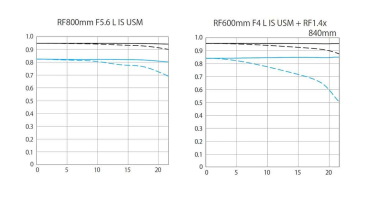L
Loswr
Guest
The fact that we’re getting a 100-300/2.8 instead of the EF 300/2.8 II with an adapter bolted in indicates that Canon sees it differently than you.I don't see why that would stop Canon, since Canon users seem happy to hand over large quantities of money for recycled EF glass on RF mount.
Upvote
0



